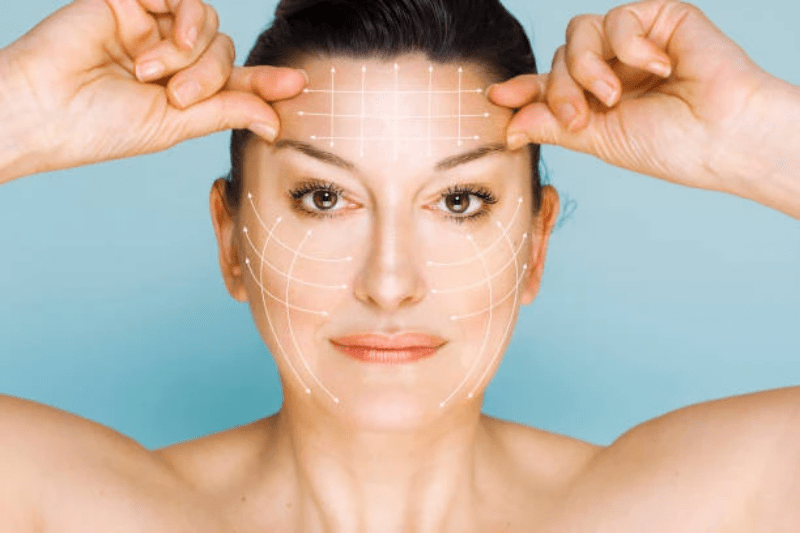
PDO thread lift is used in the surgical operations to lift and restore the skin around the eye area. It is mainly used as a skin rejuvenation technique and is used for treating various facial skin problems like wrinkles, sagging skin etc. However, the technique has also been used to re-contour the scarred areas and to lift up the facial skin and to make it look smoother. Dr Philip Miller also uses it for correcting mild to moderate wrinkles.
The thread lift can be used without any complications; however, if you intend to use it for treating your face, then there are some serious side effects that you should know about. Some cosmetic surgeons claim that there have been cases where threads may have caused serious side effects. The thread lift is the most invasive form of cosmetic surgery and the recovery time for the entire procedure can be very long. In some cases, patients may need several weeks or months before they are able to resume their normal routine life.
In order to understand the seriousness of the side effects, it is important to understand what happens during the thread lift. The surgeon makes an incision along the natural crease located beneath the eyes in the upper region of the nose. The underlying tissues are then elevated out of the way and excess skin is removed. The excess skin is then stitched into position, making the entire procedure look as if the patient had been born with perfectly aligned eyebrows. Some patients may have to wear special glasses to adjust their vision for the remaining period until the scars are completely healed.
Even though the threads lift is one of the most effective treatments for eliminating fine lines, wrinkles around the eyes, nasolabial folds and crow's feet, there are times when the procedure may create some undesirable results. Some patients notice that the threads can easily become dislodged, which may cause the skin to re-correct itself rather than being corrected by the surgery. Other patients experience swelling of the treated site, which can result in pain or discomfort for several weeks until the stitches are removed.
In some cases, excess collagen is not properly removed by the thread lift, which can leave the patient with excess folds of skin. In these cases, a different kind of face lift may be required to remove the wrinkles around the eyes and cheeks. When a face lift is performed, the excess skin is permanently removed, but the collagen is not removed. This is a common outcome of this kind of treatment.
Many doctors perform a post-operative face lift with a local anesthetic. A local anesthetic combined with a local anesthetic can reduce swelling and alleviate pain. Before receiving a thread lift, it is important to find a doctor who is willing to perform the procedure with the proper amount of local anesthetic. If a physician refuses to do so, then you will have to look for another physician. Take a look at this link: https://en.wikipedia.org/wiki/Rhytidectomy for more information about this topic.
